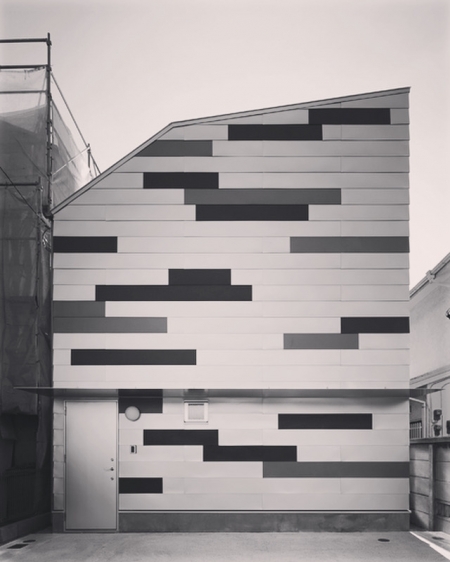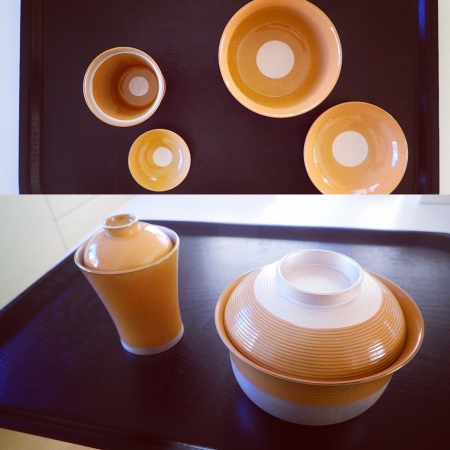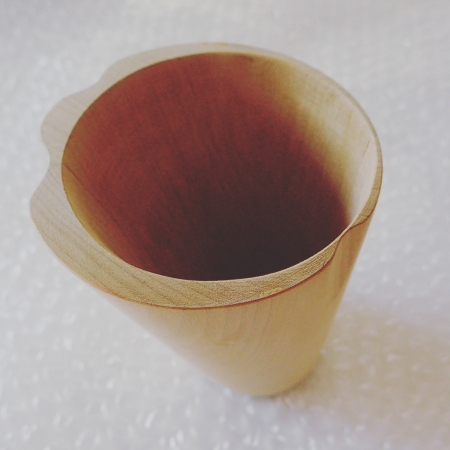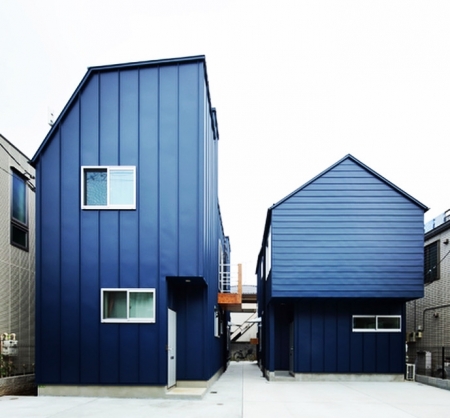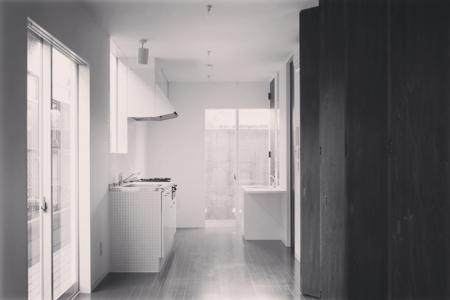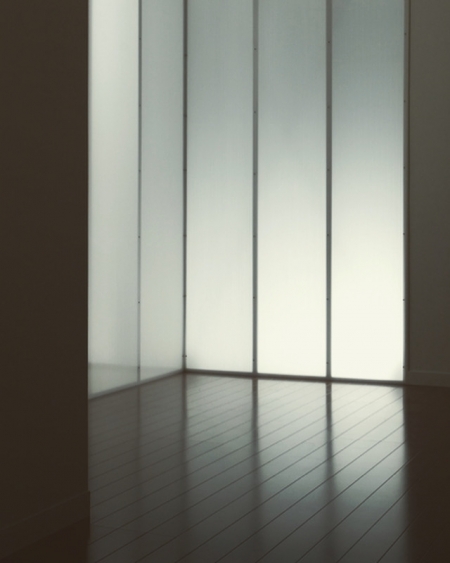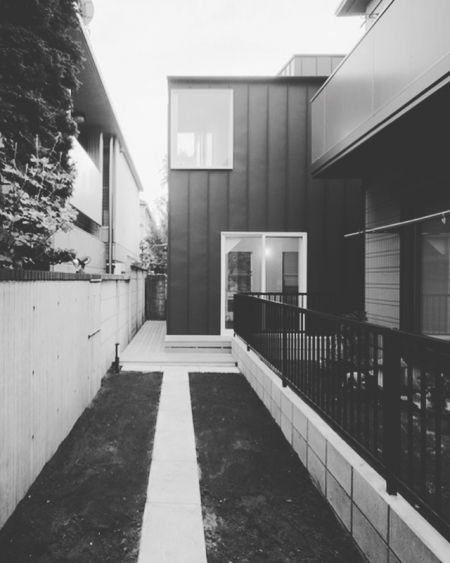精神的な空白
なぜ建築をやっているかと言うと、何気ない陽の光にハッとして感動して印象に残ったり、日常生活の中でホッとして心地よい場所に腰掛けてボーっとして眠くなったり、そんな見え方するのかなどと新しい空間に驚嘆したりして、今度は反対に自分がそのような建築や空間をつくり、誰かにその感覚を味わって欲しい、それはきっと豊かにする人も社会も心もと考えたから。
それが今までにできているかどうかは自分では判断しないが、そもそも、そのように建築のことを考え、何かをしたいと考えるのも、自分自身が元気でいることが前提になっていて、それが当たり前だからできることである。
長期戦は覚悟している、そのための準備もできている、今の空白が今後の更なる我慢を強いる可能性もあるが、建築でできることは粛々と行うしかない。しかし、何か落ち着かない。
マズローの欲求5段階説に準えれば、食事などの生理的欲求や身の安全などの安全欲求が満たされないと、その上位欲求になる貢献などの社会的欲求が湧いてこない。
今回の新型コロナウイルスによる経済的なダメージは世界的にも大きいが、それ以上に精神的なダメージ、精神的な空白がもたらすダメージの方が今後に影響を与えると思う。
"Mental blank"
The reason why I am doing architecture is that I am impressed by the casual sunlight and am impressed, or I feel like I am sitting in a comfortable place in my daily life and become sleepy as a bow, etc. I was surprised at the new space, and on the contrary, I wanted to create such an architecture and space, and I want someone to taste that feeling, because I thought that the people who enriched it and the society would have heart.
I do not judge whether it has been done by myself, but in the first place, thinking about architecture and wanting to do something on the assumption that I am fine, This is something that can be done because it is natural.
We're prepared for the long run, we're ready for it, and the current void may force us to be more patient in the future, but we can only do what architecture can do. But something restless.
According to Maslow's five-stage theory, if the physiological needs such as meals and the safety needs such as personal safety are not satisfied, social needs such as contributions to higher ranks will not emerge.
Although the economic damage caused by the new coronavirus is large worldwide, I think that the mental damage and the damage caused by the mental void will have a greater effect on the future.

